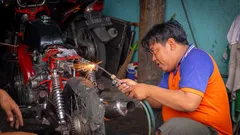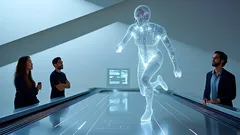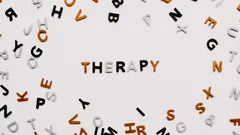128
10
4 minutes
Suggested Articles

Garage dreamers transform rusted harvesters into show-stopping classic cars
Discover how one man's passion and ingenuity turned an old harvester into his childhood dream car. Explore DIY innovation, creativity tips, and the surprising power of following your dreams.

AI myths debunked: The real magic behind artificial intelligence revealed
AI & Everyday Tech

Old batteries become clean fuel in groundbreaking energy breakthrough
AI & Everyday Tech

How AI and Micro-Credentials Are Reshaping Future Careers in Tech
AI & Everyday Tech

AI Spell Checkers Are Quietly Revolutionizing How We Write Every Day
AI & Everyday Tech

Generative AI Is Quietly Transforming Workflow Automation Across America
AI & Everyday Tech

Generalist AI is revolutionizing daily life and powering a new tech era
AI & Everyday Tech

How chasing infinite energy forever changed nature and the American West
AI & Everyday Tech

AI Is Revolutionizing Creative Careers—Here’s How Americans Are Thriving
AI & Everyday Tech

Digital health advocates face harsh truths as AI therapy chatbots falter
AI & Everyday Tech

Playing video games together strengthens relationships and sparks real connection
AI & Everyday Tech

US crypto pioneers transform bold risk into life-changing fortunes
AI & Everyday Tech

Tech leaders embrace waste-to-carbon solutions as Microsoft bets big on green AI
AI & Everyday Tech

Travelers and campers embrace portable backpack laundry tech for freedom and clean clothes anywhere
Gadgets & Reviews

Sleep experts champion a smart anti-snoring belt for restful nights and healthier mornings
Gadgets & Reviews

Drivers use Google Maps and Waze to avoid fines but risk safety trade-offs
AI & Everyday Tech

App lovers seize this week’s best free premium downloads before time runs out
Smartphones & Apps
 W3 CodeCraft
W3 CodeCraft

Comments